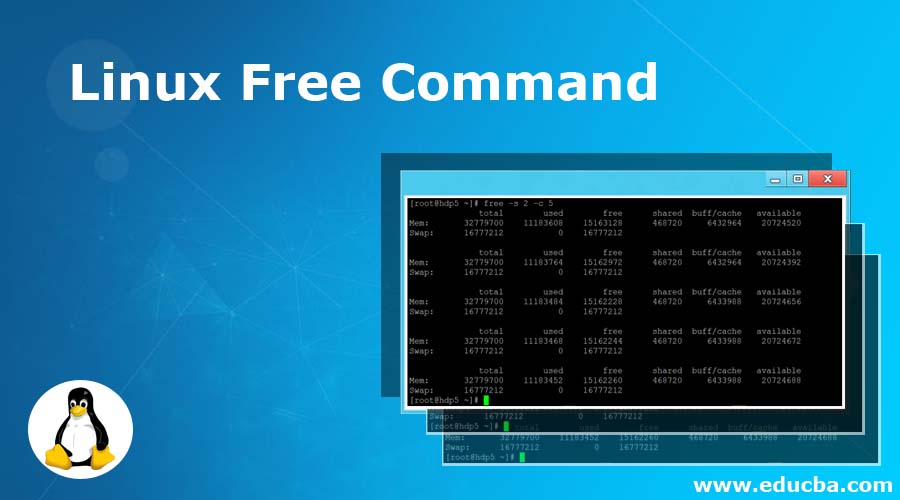
- Keyword file linux kernel how to#
- Keyword file linux kernel install#
- Keyword file linux kernel registration#
- Keyword file linux kernel code#
- Keyword file linux kernel license#
If you state 'y', this makes the module compile linked with the kernel image. When you state 'm', this makes the module compile as a dynamically loadable kernel module. You see above that we placed 'm' after obj. Or the target host (on a beaglebone device). This Makefile will allow us to build the linux kernel module either for the local host (on our own computer)
Keyword file linux kernel code#
We will put very basic code within this Makefile.Īll you have to do is add in the code below. So within the same local directory that you created, enter in the following command below. In order to build the linux kernel module, we have to create a Makefile, which then allows us to build Kernel modules can be built in 2 ways, either statically linked against the kernel image In our example, though, we will be using, "GPL".
Keyword file linux kernel license#
Include/linux/module.h, using the vi command, you can see all the different types of license types If you use go to this file using the module.h file in the path, Which can be used with this macro to load the module without tainting the kernel. You can go to the include/linux/module.h file to find out what are the allowed parameters This is its way of letting the usersĪnd developers know it's a non-free license based module. If you load a module whose license parameter is non-GPL(General Public License), then the kernel triggers a warning of being tainted. MODULE_LICENSE is a macro used by the kernel module to annouce its license type. This offers descriptive information about the module. The last section of the code is the module description. Module_exit() will add its parameter to exit entry point database of the kernel Module_init() will add its parameter to the init entry point database of the kernel Module_init() and module_exit() are not functions, but macros which are defined in include/linux/module.h

Module_init() and module_exit() are macros used to register your module's init function and clean-up function with the kernel.
Keyword file linux kernel registration#
Next we have the registration of the entry points. The _exit function section attribute is a compiler directive, which directs the compiler to keep data or code in an output section called ".exit" The _init function section attribute is a compiler directive, which directs the compiler to keep data or code in an output section called ".init" The module clean-up function is run when the module is removed. You can find all the header files within the linux kernel source code /include/linux directory.Īlso know that we are writing this code for the kernel, so this is a kernel header. This is the part which has the include statement.Įvery kernel module should have the header included above. The first part of this code is the header. Let's now break down the code, so that you have an understanding of it. This hello world linux kernel source code is shown below within the linux terminal. MODULE_DESCRIPTION("Hello World linux kernel module") * Descriptive information about the module */ * This is the registration of the above entry points with kernel */ Static void _exit helloworld_cleanup(void) This will create a file, where you can then enter in the source code for the hello world linux kernel module. So whatever directory you create on your local computer, go within this directory in the terminal and then We are doing is creating a local directory with the local main.c file, which contains the helloworld linux kernel module. So what you can do is create a directory on your computer apart from the linux source code directory. Next, we have the following code representing our Hello World linux kernel module. This will download a directory named linux in the directory you ran this command. Once you have this, run the following command below.
Keyword file linux kernel install#
This can be obtained through, sudo apt-get install git So to get the linux kernel source code on your computer, make sure that you have git installed on your computer. Therefore, you must have the linux kernelįirst and then you create modules that go with the kernel. Know that a linux kernel module is simply an addition to a linux kernel. This can be done by either downloading directly to your computer or using a method such as git to download the linux So the first step in creating a linux kernel module is to already have the linux source code downloaded. Specifically, the target host device we will use in our example is a beaglebone black board.

Keyword file linux kernel how to#
We show how to run this linux kernel module on a local host device (the computer you are using to create the module)Īnd a target host device (such as a microcomputer board, such as a beaglebone board or raspberry pi). In later articles, we will create more advanced linux kernel modules. We will create a simple Hello World linux kernel module, as a starter. In this article, we will show how to create a linux kernel module. How to Create a Linux Kernel Module and Run it On a Local and Target Host Device


 0 kommentar(er)
0 kommentar(er)
